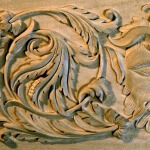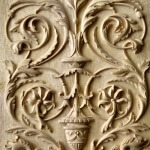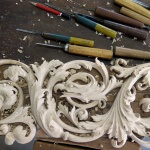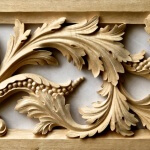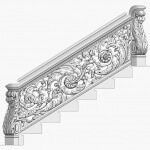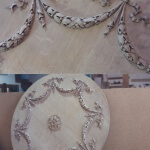The Renaissance style and architecture spanned the 15th and 17th centuries and is separated into three periods: Early, High and Late Renaissance.
Renaissance commenced in Florence in the first part of the 15th century and then expanded to include Venice, Milan and eventually Rome. France and Spain quickly followed, but England, Russia, Germany and others were slower to adapt to the new fashion, possibly because they didn’t have the architects and craftsmen available.
At the beginning of the 15th century, architect Filippo Brunelleschi was inspired by the writings of the ancient author Vitruvius to travel to Rome and study the ruins. With Vitruvius as a guide, and through the physical examination of the ancient buildings, he was able to understand that each building was laid out to particular proportion and order.
Brunelleschi’s work propelled the use of geometry, symmetry, regularity and proportion in architecture. The semicircular domes and arches, niches and rhythmic placement of columns are at the core of the Renaissance period and style.
The study of decoration led to Renaissance-era craftsmen to incorporate more carving into their architecture. These craftsmen showed such exacting skill and flair in their moldings, panels and sculpture that in many ways their work surpassed that of their teachers—the Ancient Romans. And today, we are highly skilled at reproducing Renaissance-style decoration. Renaissance-style woodcarving is a wonderful example of how ornamentation can be both simple and decorative. High Renaissance-era ornamentation was based on elements of classical antiquity and was executed with great confidence. That led to the more playful style of Later Renaissance, which shows long, narrow paneling that often features carved central medallion surrounded by a vase with foliage, dolphins, birds and weird mystical beasts.
- Renaissance-style woodcarving based on a 16th-century panel found at San Pietro, Perugia, Italy
- Renaissance-style panel woodcarving
- Renaissance-style panel woodcarving with eagle
- Renaissance-style panel woodcarving, designed by Adam Thorpe for Hampton Court, London
- Renaissance-style balustrade designed by Adam Thorpe for Agrell Architectural Carving.
- Renaissance-style rosette and swags
(Source: Handbook of Ornament by Franz Sales Meyer)


